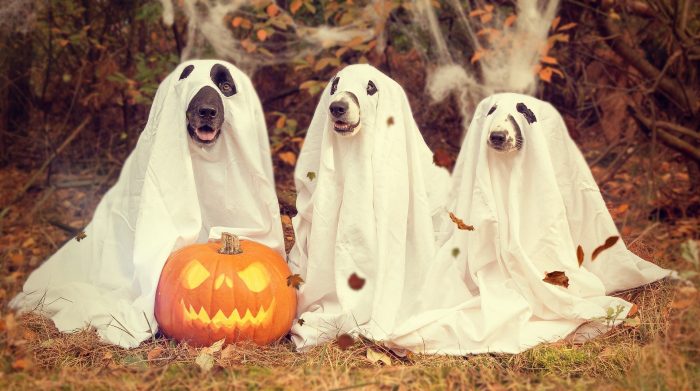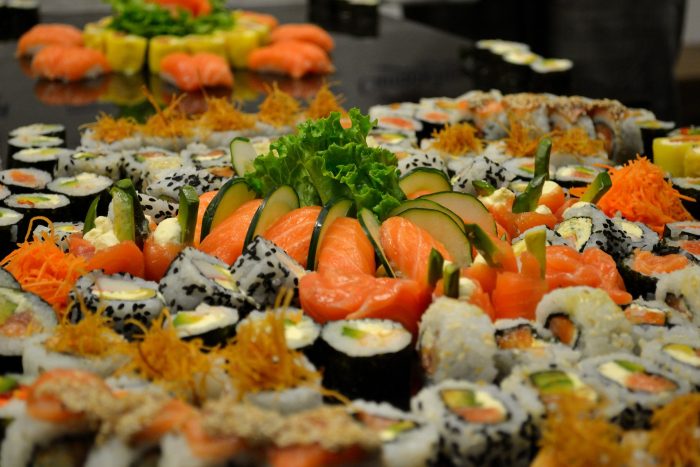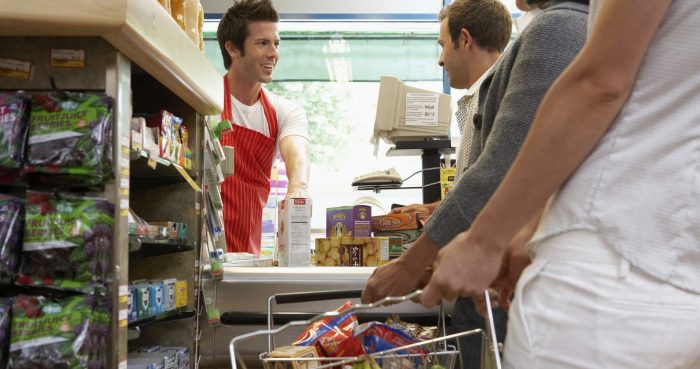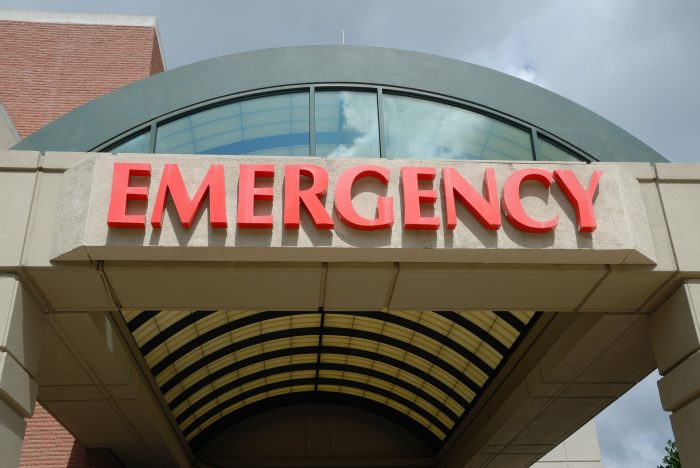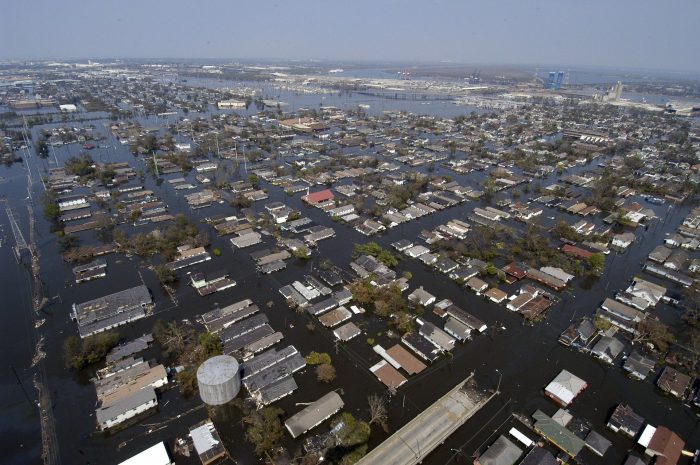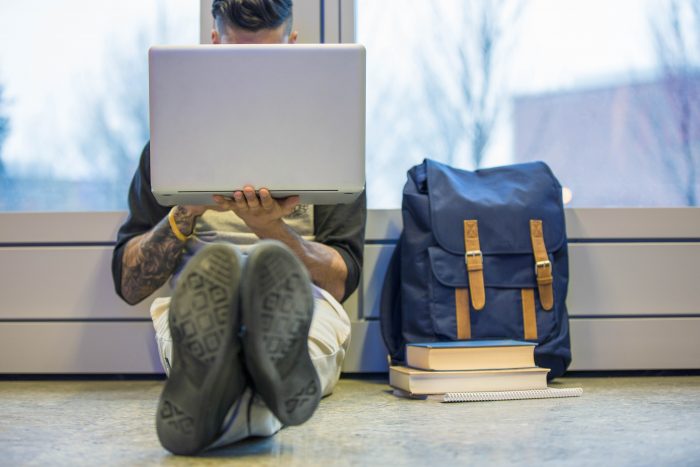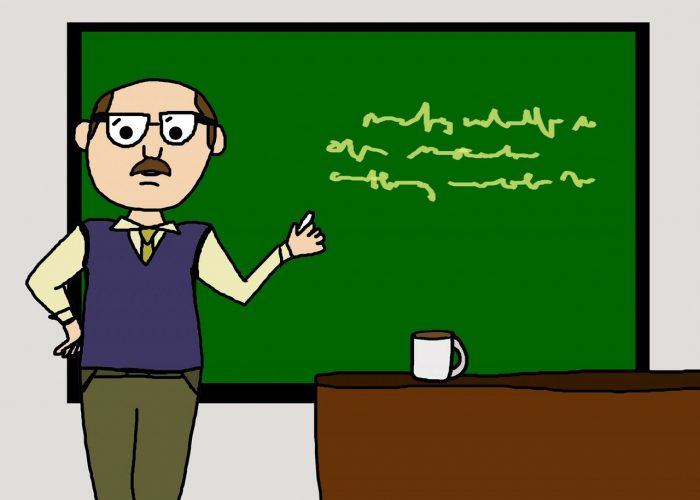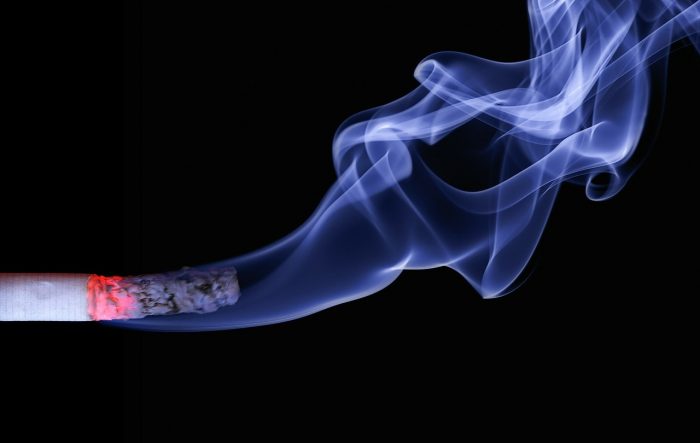By Daniel Dunaief

What do you name after the man who’s already named everything after himself?
That is the question people will grapple with when they consider how to deploy the name of the 45th president.
Did you know, apart from edifices and casinos, the Trump name has been added to a species of small moth with yellowish-white scales on its head, called the Neopalpa donaltrumpi? Additionally, a sea urchin fossil is called Tetragramma donaldtrumpi.
What should be in the running to honor the legacy of a man who may extend his presidential legacy in 2024?
Here are a few suggestions that, hopefully, will delight and alienate people on both sides of the aisle equally.
— A pizza slicer. Called the Trump, this great divider will cut a pie into two pieces, elevating the one on the right while crushing the one on the left into a mess of tomato sauce and crumbled cheese that wants to tax the rich.
— A board game. With a rotating cast of characters, the object of the Trump Cabinet Shuffle will be for each player to hold onto as many cabinet members for as long as possible, even as many of them either want to leave or write books about their experience.
— A remote control. The former president clearly found TV a relevant and important medium. People around the country could search their couches for the “Trump,” so they can change the channel to watch Fox News, which will provide the names for the Trump Cabinet Shuffle.
— The Trump label maker. Borrowing from an episode of “Seinfeld,” people could develop a label maker named after someone who was fond of naming people and objects. The Trump label maker would default to the most common words in the Trump vernacular, including “disgrace,” “beautiful,” and “fake.”
— A fast-food franchise. Given the former president’s predilection for the fast food he served to college football players, it’s surprising no one has come up with Trump World Burgers. Each restaurant could have a game of darts, where patrons could sling darts at the faces or names of their least favorite democrats. Every wall would have a TV tuned to Fox News and every place setting would sit on top of the New York Post.
—A magic wand. Can’t you picture it? Let’s get out the Trump wand and make everything unpleasant — impeachments, investigations, and distasteful stories- disappear.
— A fertilizer company. Yeah, okay, this might seem especially harsh, but fertilizer, while it’s made from feces, is necessary for the growth of many of the foods we eat, whether we’re vegetarians and eat only greens, or carnivores and eat the meat that eats the greens.
— Oversized boxing gloves. With pictures of the former president on each hand, a boxer could put his small, medium or large hands into red Trumps to fight against the forces of evil.
— An especially tall straw pole next to a smaller pole. The taller Trump pole could show how, even at a distance, he’s leading his closest competitor. “Trump is always ahead at the polls.”
— A distorted mirror. Like the side view mirrors on cars, these Trump mirrors could accent certain features while minimizing others, creating whatever reality the viewer prefers.
— Stiff-legged pants. With material that stiffens during the playing of the National Anthem, the Trump pants would make it impossible to kneel.
— A huggable flag. Given his preference for hugging flags, someone should design a flag with arms that hug back, as in, “the Trump flag is ready for its hug.”
— A “yes” puppy. You know how people have little puppies whose heads pop up and down when you touch them on their dashboard? Someone could add a sound effect to that, like “yes, yes, yes, yes,” each time the Trump head moved.


